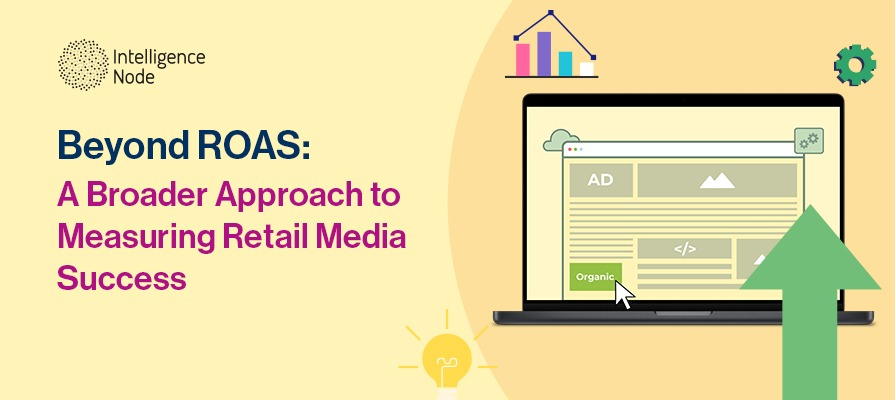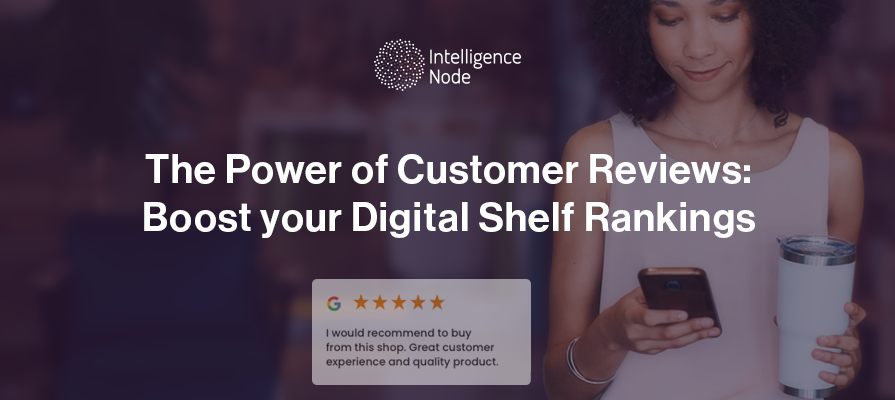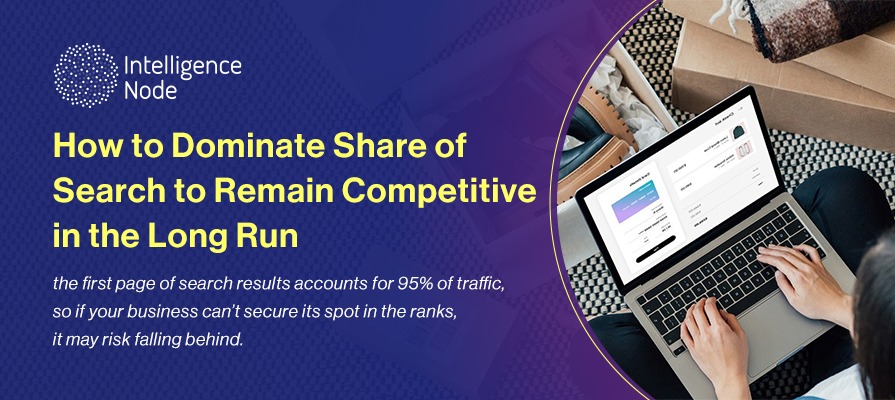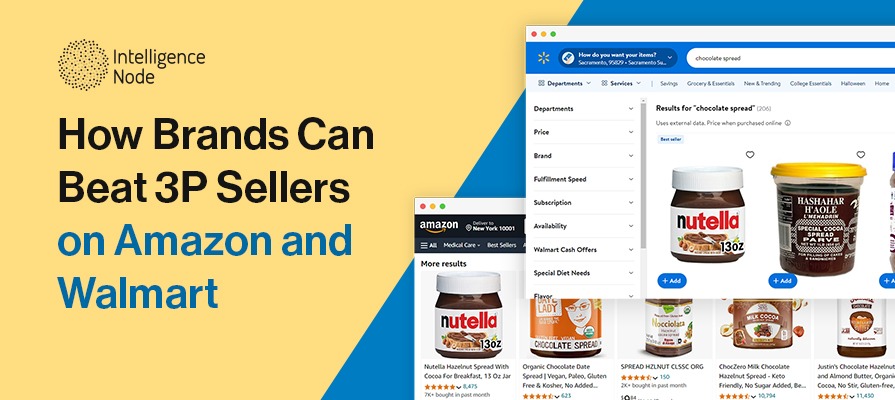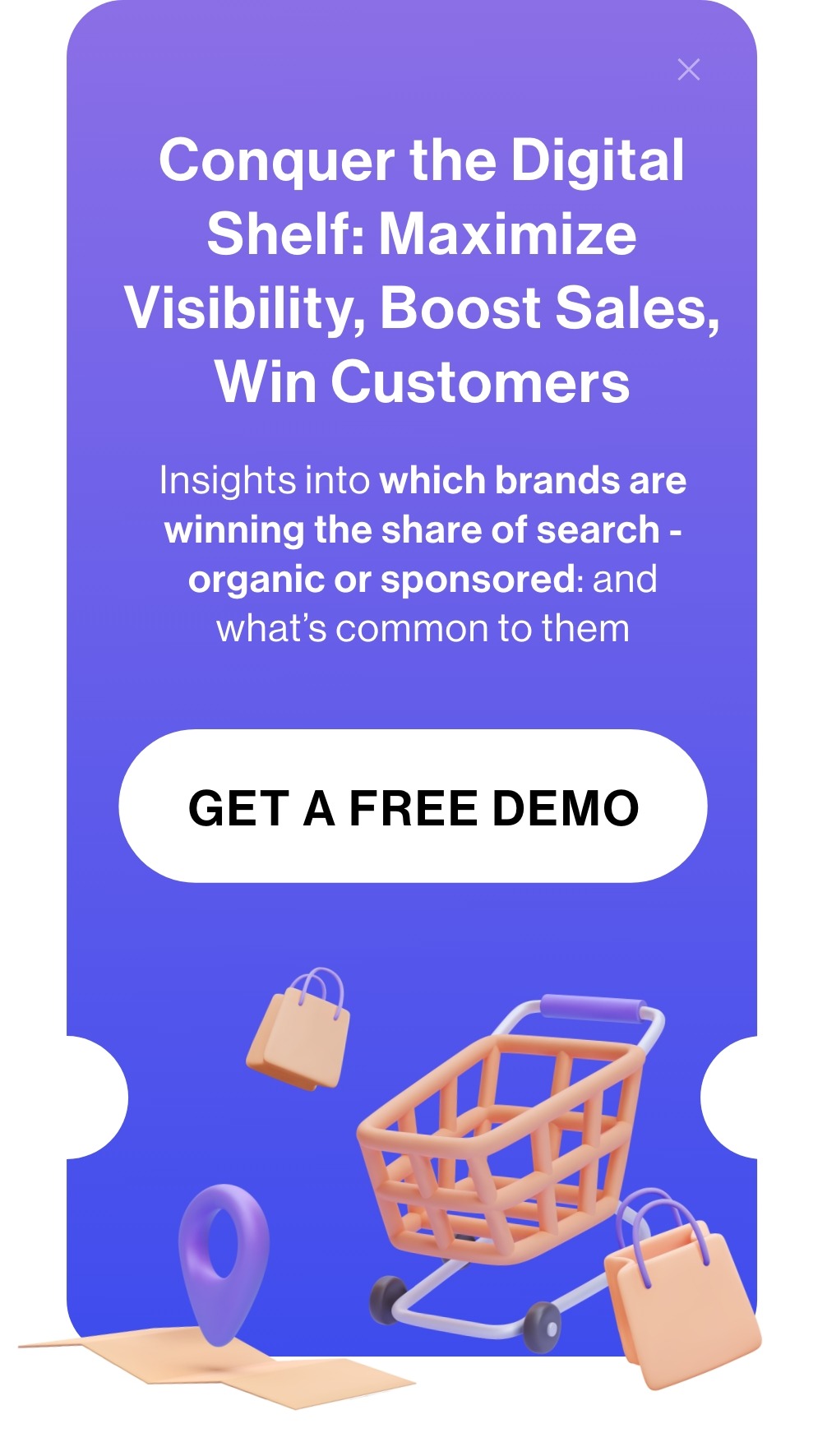Retail media networks have been gaining serious traction over the last few years. In fact, retail media could become one of the biggest growth drivers in digital advertising history. According to eMarketer, this year alone, more than 1 in every 6 dollars spent on digital ads in the U.S. will go toward retail media.
One major shift fueling this growth is the expansion beyond traditional on-site ad placements. What started with ads on retailers’ websites is now moving into off-site channels like email campaigns and platforms like Facebook. This shift opens up a world of new revenue possibilities but also brings some challenges on the operational front.
In this post, we’ll discuss retail media, the growing importance of offsite advertising, and how retailers can successfully navigate these new opportunities.

What is Retail Media?
Retail media is an advertising approach where retailers use their physical and digital platforms to sell ad space to brands. These ads can appear across a variety of channels, including websites, mobile apps, and even in-store locations. What makes retail media unique is its use of first-party data—information that retailers collect directly from their own customers. This data allows brands to engage with consumers at every stage of the buying process, from consideration to purchase.
Image Source: BCG
A recent study by BCG predicts that retail media will grow by 25% annually, reaching $100 billion in the next two years. By 2026, retail media could account for over 25% of all digital ad spending. New retail media networks are popping up across industries, from stores like Michael’s to Nordstrom, each week.
One reason retail media has taken off is that advertisers love the transparency and performance tracking that closed-loop measurement offers. This feature links ad campaigns directly to both online and in-store sales, giving a clear picture of ROI.
The model is so successful that other industries, like travel and automotive, are starting to invest more heavily in what’s now being referred to as “commerce media.” Experts estimate that these industries could add an extra $10 billion in media revenue on top of the $100 billion baseline for retail media in the U.S. over the next five years.
Types of Retail Media
Retail media offers advertisers two main types of advertising channels: onsite and offsite, both of which play significant roles in connecting brands with their target audiences through retailers’ platforms.
Let’s break these down:
Onsite Retail Media
Onsite retail media focuses on placing ads directly on a retailer’s own digital spaces, like websites and mobile apps. By doing this, brands can target consumers right as they’re searching for products.
For example, sponsored product listings blend seamlessly into search results, making it easier to grab attention at the right moment. These include:
- Sponsored Products: These ads appear in relevant search results on the retailer’s website, sitting alongside organic listings to capture attention naturally.
- Sponsored Brands: You’ve likely seen these banner ads in search results, highlighting specific brands and driving traffic to their product pages.
- Display Ads: These banner ads are spread across various parts of a retailer’s website, helping brands reach consumers at multiple touchpoints while browsing.
Offsite Retail Media
Although onsite retail media is more common, offsite retail media is quickly growing. This involves ad placements beyond the retailer’s owned channels. It extends the reach to platforms like social media, search engines, emails, and even out-of-home (OOH) advertising.
A good example is a bike brand buying ad space in a retailer’s email or Facebook ads, reaching consumers who have already shown interest in their products on the retailer’s website.
Both onsite and offsite options provide brands with unique ways to engage with shoppers, whether they’re actively browsing or being targeted through external channels.
This combined approach ensures that the right message reaches the right people, regardless of where they are in their shopping journey.
Benefits of Retail Media for All Stakeholders
Retail media networks significantly impact all stakeholders in the eCommerce landscape, creating various advantages for brands, retailers, and consumers.
For online retailers, these networks offer a valuable new revenue stream, which is especially crucial as Consumer Packaged Goods (CPG) profit margins continue to shrink.
On the other hand, end consumers benefit from lower and more stable prices, as retailers aim to avoid sudden price hikes that could hurt traffic and ad revenue. The targeted nature of these ads also makes them more relevant and less intrusive for shoppers.
While it may take some time for brands to fully adapt, the investment is worthwhile due to the unique advantages retail media provides:
Read More : CPG Trends Dominating the 2024 eCommerce Market
In-Depth Data
Retail media networks collect first-party data directly from sales, providing more reliable insights than traditional third-party cookies.
As many internet browsers phase out these cookies, this first-party data becomes increasingly important. Depending on the retail media network, brands can access extensive and insightful shopper information, especially if a loyalty program is in place.
According to eMarketer, this data collection is a primary reason why 62% of CPG brands collaborated with retail media networks in 2021. It’s worth noting that non-CPG brands are also jumping on board; McKinsey reports that 75% plan to increase their spending in this area.
Next-Level Personalization
Retail media enables brands to tailor their messages, enhancing sales and improving return on investment (ROI). Personalization extends to various audience segments, making it even more effective.
For example, Kroger, a leading US supermarket, utilizes loyalty cards in 96% of its transactions, allowing brands to target customers based on factors like household size and personal preferences.
Many retail media networks also support brands in sending targeted offers, coupons, and relevant email promotions. This level of customization helps brands attract new consumers and introduce existing ones to new products.
Perfectly Timed Ads
With retail media, brands can reach consumers while they’re actively shopping. When consumers are on a retail site ready to make a purchase, it’s the ideal time to showcase a brand.
Effective retail media ads are designed to stand out, making them prominent on the digital shelf.
Clear Conversion Tracking
Retail media accurately tracks ad impressions and sales on the same platform. This clarity offers valuable insights into ROI, enabling brands to allocate resources more effectively to strategies that drive profits.
Retail media networks offer something platforms like Facebook and Google often struggle with—clear accountability for tracking the consumer journey to the point of sale. This transparency helps brands see how their ads are performing.
In fact, research indicates that 74% of brands are now setting aside specific budgets for retail media networks. This shift shows that companies recognize these benefits, helping them connect more effectively with customers and drive growth.
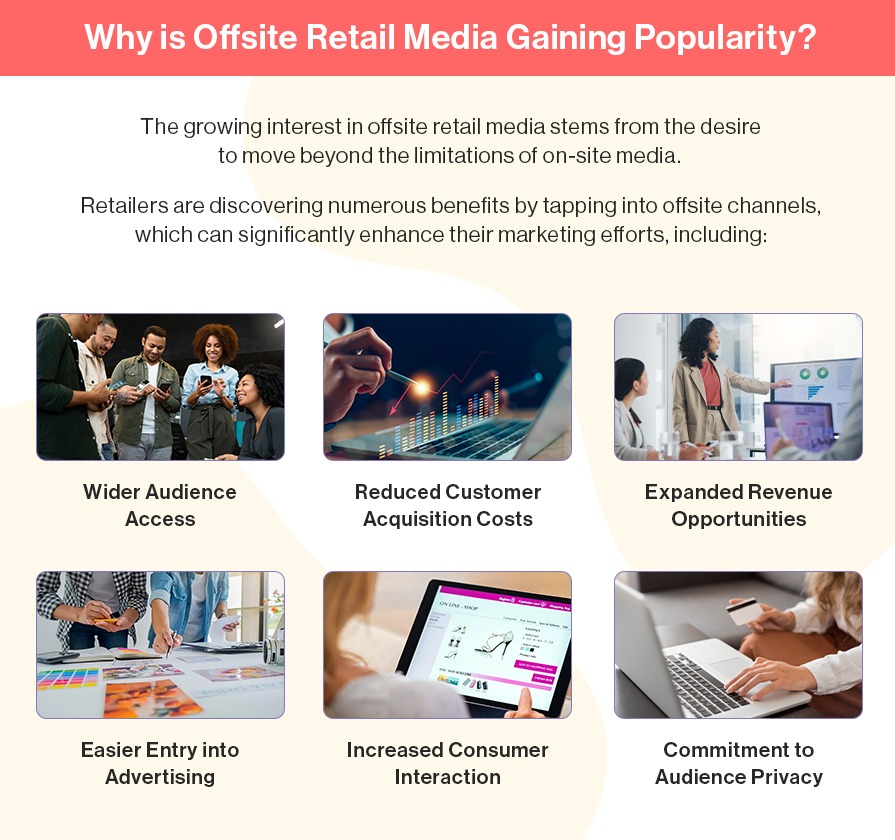
Retail Media Challenges
Given below are some of the major challenges retail media networks face:
1. Retail Media Shutdowns
At first glance, retail media networks seem like a quick win—an easy way to drive revenue by leveraging retail platforms for advertising. But, in reality, maintaining these networks is far from simple.
Take GAP, for instance. They paused their retail media operations because their performance didn’t align with expectations. The network didn’t become the self-sustaining investment they hoped for.
Despite seeming like an easy cash flow source, RMNs encounter hurdles such as scaling technology and managing talent. To ensure RMN success, robust technological support and a results-driven team are essential.
2. Clarifying Who Actually Controls the Retail Media Budgets
One challenge that many businesses face is a lack of clarity about who controls the retail media budget. Without realizing it, companies may be pulling funds from various budget categories to support their retail media efforts. This happens because retail media covers multiple channels and teams, each with its own goals and performance indicators.
It’s not limited to retailers’ websites—it extends into areas like paid social and programmatic advertising. As retail media grows faster than eCommerce and impacts in-store sales, relying solely on trade or commerce budgets is inadequate.
To address this, retailers and brands should establish a single-source funding model that clearly defines ownership of retail media activities.
3. Understanding Grocery and Non-Grocery Retail Dynamics
Grocery retailers have a unique advantage in retail media due to the frequency of customer visits for essential items. This allows more opportunities to engage shoppers and showcase ad effectiveness to Consumer Packaged Goods (CPG) partners.
To capitalize on this, grocery retailers should use purchase data to create targeted ad campaigns. Highlighting seasonal items or limited-time offers can drive sales, while personalized promotions based on past purchases and in-store events can further engage customers.
In contrast, non-grocery retailers such as those selling electronics or appliances, face different challenges. With less frequent purchases, advertising opportunities are limited. However, non-grocery RMNs can thrive by tailoring their strategies to high-ticket items.
4. The Rise of Own-Label Products During Economic Challenges
The ongoing cost-of-living crisis has shifted consumer behavior, with many turning to private-label products instead of traditional brands. According to Kantar, own-label sales grew by 10.3% in October 2022, compared to just 0.4% for brand-name products.
During economic uncertainty, consumers prioritize value over brand loyalty, often choosing lower-priced alternatives or switching to brands that offer better value. To compete effectively, brands must enhance their presence on the digital shelf. It’s essential to strategically target competitors’ products and identify which of your offerings can serve as alternatives. This approach can help guide shoppers toward your products and reduce the risk of brand switching.
5. It’s Expensive, Which Doesn’t Bode Well With Sustainability
Running retail media networks isn’t just complex—it’s costly. The initial setup and ongoing expenses—like technology investments and specialized teams—add up quickly.
Regular updates, system optimizations, and scaling efforts make it difficult for many businesses to sustain their RMNs long-term. GAP’s recent shutdown highlights this: despite early promise, high costs outweighed returns, forcing a retreat.
These networks require continuous resource infusions to stay competitive, draining budgets over time. Without a sustainable approach, relying heavily on RMNs can lead to financial traps, making it essential for businesses to explore alternatives like organic search strategies and AI tools like Intelligence Node.
How Intelligence Node Can Help You Improve Organic Rankings
While retail media has surged in popularity, relying solely on it isn’t a sustainable strategy for long-term success.
As we mentioned before, one of the significant challenges with retail media spending is its tendency to quickly deplete marketing budgets. High competition for ad placements often escalates costs, thereby damaging a brand’s financial resources.
Furthermore, the effectiveness of these ads can fluctuate, making it hard for brands to maintain consistent returns on their investments.
Given these challenges, brands need to complement their paid media efforts with organic share of search growth tactics.
Unlike paid advertising, organic search results provide enduring visibility and credibility, which can cultivate trust among consumers. By investing in a solid SEO content strategy, brands can enhance their online presence and attract more traffic without the ongoing costs of paid media.
In fact, studies show that organic search results generate 53.3% of website traffic, highlighting the critical role of SEO in long-term growth and expansion of market share. In contrast, the same research indicates that paid search only generates 27% of the overall traffic.
This is where Intelligence Node comes into the picture! The platform empowers businesses to improve their organic search visibility by providing AI-driven digital shelf analytics.
Digital Shelf Analytics
To achieve better organic rankings, brands can turn to Intelligence Node’s Digital Shelf Analytics solution. It empowers brands to navigate and excel on the “digital shelf” through advanced analytics, AI-driven content management, and cross-platform product discoverability strategies.
This ensures your brand achieves prime visibility and engagement in the digital landscape.
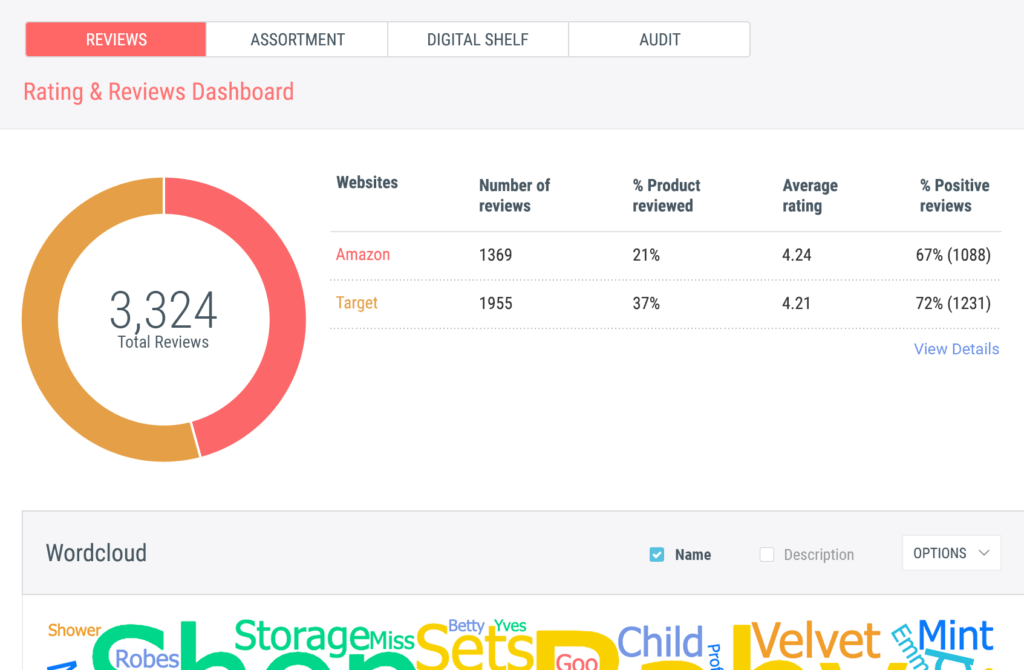
Additionally, the solution helps optimize product listings across various platforms, ensuring they are discoverable and appealing to consumers. By implementing effective cross-platform product discoverability strategies, brands can significantly boost their visibility and engagement in the digital landscape.
Gen AI-led Content Optimization
Intelligence Node’s AI-led Content Management solution leverages generative AI to create human-like text and images, ensuring that product detail pages (PDPs) are SEO-optimized for better search rankings and visibility.
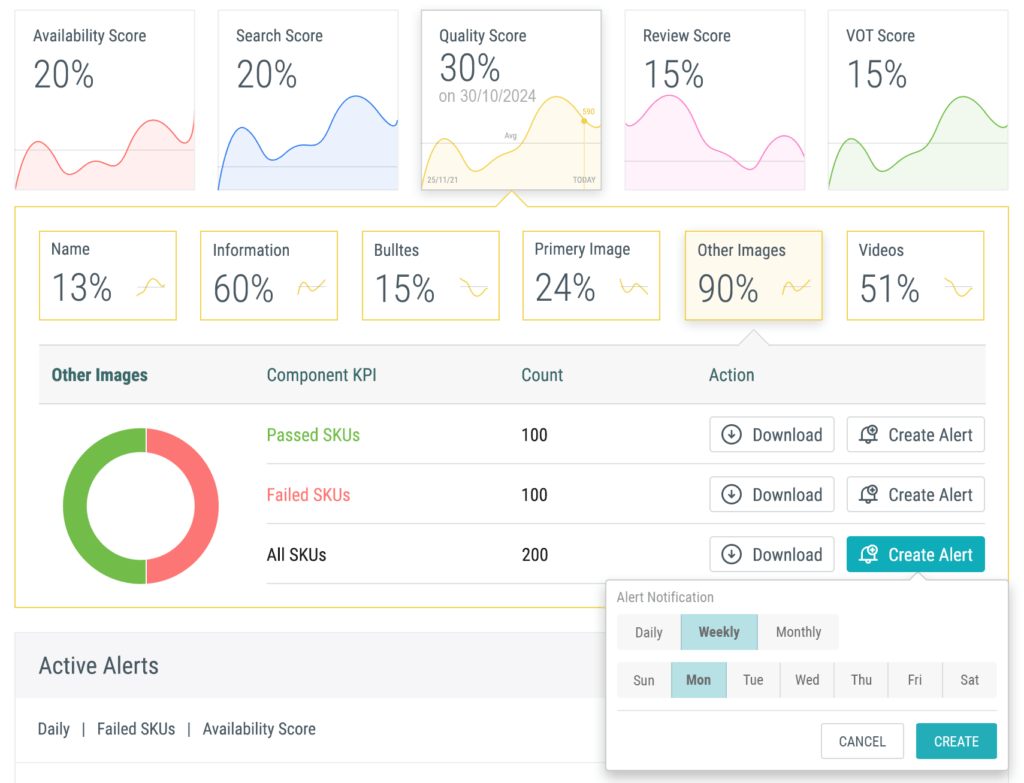
Audit your PDP content with AI-led content management
One of its key features is the ability to audit product content in real-time, identifying errors in descriptions and titles. It also provides content recommendations based on top-ranking products across the web. The platform automates these processes, ensuring content remains accurate, consistent, and aligned with marketplace guidelines.
Seamlessly integrate with native eCommerce solutions
Additionally, the platform seamlessly integrates with your native eCommerce solutions. This lets sellers instantly update content and images for their listings with just a click, creating a unified, centralized content experience.
Share of Search Tracking
Analyze and optimize your share of search
Did you know that 43% of all eCommerce traffic comes from Google’s organic search?
Rather than guessing how marketplace algorithms may shift, Intelligence Node’s share-of-search tracking solution delivers solid data and insights on the brands and products that consistently capture search share.
With this solution, you can:
- Analyze your share of search across categories and marketplaces for trending keywords.
- Discover which brands are winning the search share—both organically and through sponsorship—and identify their common traits.
- Utilize PDP audits and recommendations to enhance your organic search performance.
- Establish a consistent and reliable shopping experience across your website and various third-party sellers.
Reviews and Rating Analysis
In a world where shoppers place significant importance on consumer reviews, understanding these insights is crucial for decision-making. Here’s why ratings matter:
- Customer reviews can boost conversions by 270%.
- 82% of consumers actively seek out negative reviews.
Intelligence Node’s digital shelf platform enables brands to track and analyze customer reviews and ratings effectively. Our ‘Rating Dashboard’ provides a clear overview across multiple websites by category, brand, or competitor, helping you understand what drives competitors’ successes and refine your review management strategy.
The ‘Reviews and Ratings’ module further analyzes successful product features and identifies areas for improvement. By addressing customer pain points, you can enhance your product offerings and elevate customer experiences.
Additionally, features like review velocity analysis help boost your positive review count, directly influencing your digital reputation.
Wrapping It Up
Retail media networks offer brands extensive reach and targeted advertising options. As more brands leverage these strategically placed ads, the marketplace becomes increasingly competitive. To thrive, it’s essential to develop a comprehensive multichannel ad strategy and complement it with a strong SEO content approach.
That’s where Intelligence Node excels! Our platform empowers you to optimize your organic share of search for long-term growth and reduce dependance on retail media spending . Ready to elevate your brand’s visibility and performance? Contact us today to get started!
.jpg?height=400&width=895)
